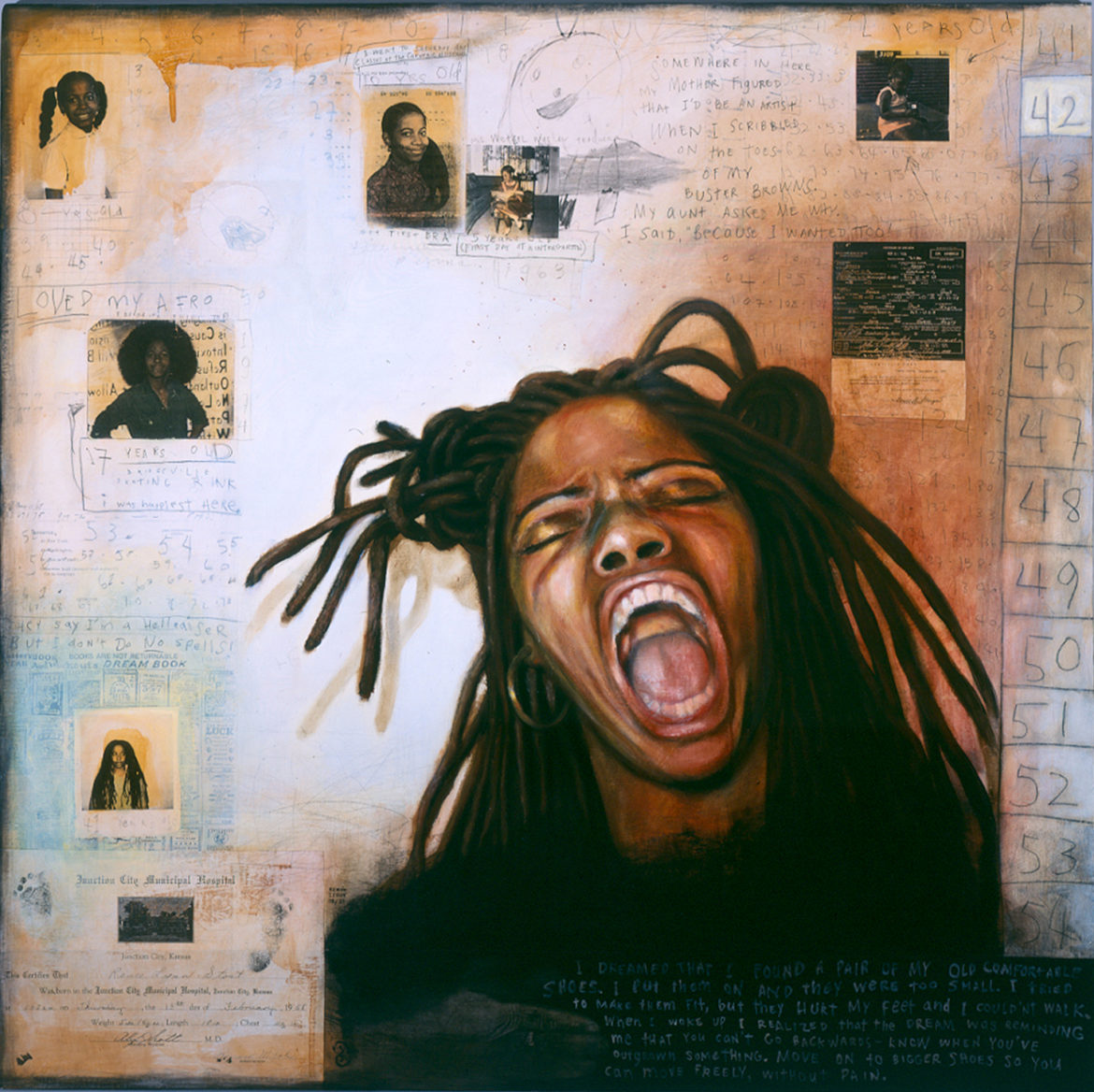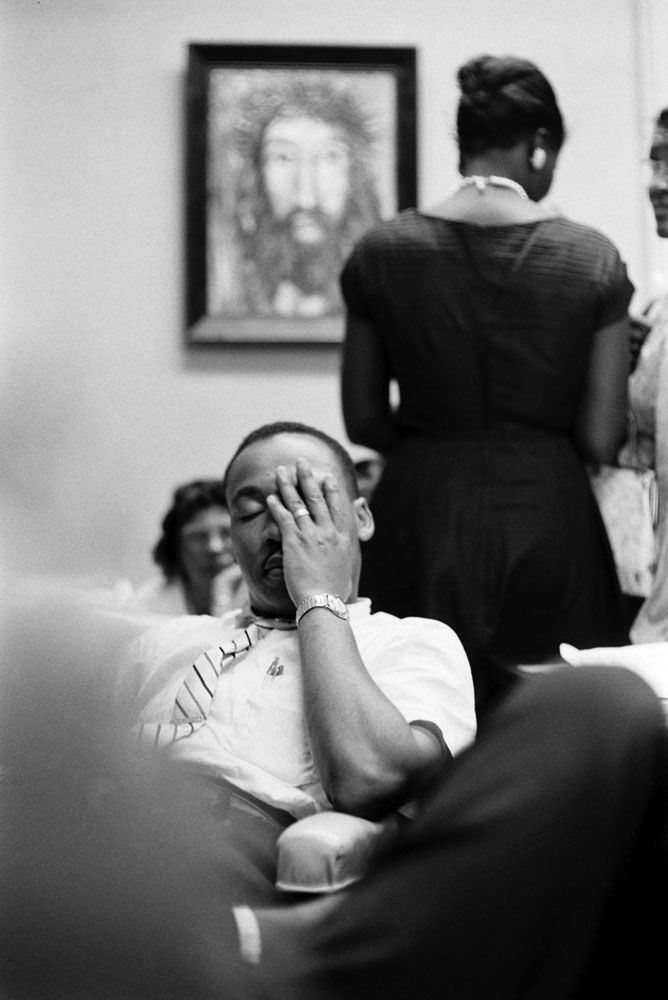By Alex Riccio (January 22, 2018)
A pending Supreme Court case, Janus v. AFSCME, is all but guaranteed to pass in favor of the plaintiff. This decision will make Right to Work (aka Right to Greed) laws a national standard. For many who are involved in organized labor, this prospect is viewed as a threat to the very survival of unions. To prepare for “doomsday,” as I’ve heard it described, large unions have plans to cut staff by upwards of 30%. Unfortunately, this seems to be the bulk of their strategy.
Despite how common it is to hear about the decline of the labor movement, I don’t view Janus as the death of unions in the US. Or, to be more precise, I don’t think it has to mean the death of unions. Instead, it could prove to be a catalyst for the sorts of ambitious changes we need to revitalize the labor movement, and to feel confident in describing it as a ‘movement’ again.
Rather than posing a threat to the very survival of unions, Janus exposes the limits of one particular form of unionism; business unionism. Indeed, business unionism, the standard in organized labor today, has been a walking zombie for decades unaware (or possibly in denial) of its own undead condition. Come Spring, the zombie head will be lopped off once and for all.
While there’s no reason to mourn the killing of a zombie, now is not the time to wait and watch for what happens next; it’s time to create power. Two hurdles need to be overcome for labor to get back to being a movement—the working-class movement. Unions must develop an identity which goes beyond narrowed workplace concerns, and visionary rank-and-filers need to mount insurgencies against their parent union bureaucracies to take over the reins of leadership.
Partly to explain the existential dread amid many a unionist today is their inability to imagine union models outside the narrowed parameters of wage increases and grievance filings. Described as “Gomperism,” or “business unionism,” this approach to union organizing is geared toward winning contracts at all costs and is fixated on adding new members, all the time, to the union.
Union density has declined dramatically since the 1970s, but the bulk of labor’s problem is not with the number of unionized workers. There are millions of workers in unions in the US. The core problem, as thoroughly detailed in The Death and Life of American Labor by Stanley Aronowitz, is the lack of radical imagination within organized labor today.
I have personally been a part of grassroots organizations operating with zero dollars and sometimes as few as five people. Such scarcity did not prevent them from accomplishing tremendous victories. Unions have resources, people, and (most importantly) labor-power. Imagine, for a moment, the possibilities.
What if unions shifted the millions of dollars they dump into the Democrat party into the creation of cooperative living establishments? For union members, they would have access to lowered-rents or previously unavailable home ownership in areas where their neighbors are their union comrades (yes, they could begin seeing them as comrades instead of only co-workers).
Imagine, also, that they link these union neighborhoods with land trusts for sustainable farming, along with recreational centers for children and families. Such initiatives could go a tremendous way in capturing housing and food security for millions of workers and families across the country. Just think of the additional time people could have for engaging in civic matters without having to worry as much about their housing and food needs!
Above is simply one small thought experiment that began with the recognition that housing needs are union issues (something Gomperism does not often understand). Notice how quickly it expanded into a nearly utopian vision of possibilities. Unionists should do more of such imagining, and take time in their organizing for it. There are nearly limitless ways to reimagine the shape of unionism, but the best sorts of visions are those which come out of group conversations over needs and desires. Take the time for such envisioning. Resist the trap of constant ‘business’ meetings or before long you’ll be taking on the form of a zombie!
Labor cannot simply turn to community building alone. In order to fundamentally reshape the identity of mainstream unionism, any vision for a different kind of labor movement must center their strategies for accomplishing such visions through utilizing a union’s greatest weapon: strikes.
Jane McAlevey has explained perfectly the root of workers’ labor-power; to paraphrase, “the boss doesn’t need you as a worker, the boss needs you and all of your co-workers.” Strategies within organized labor need to consistently build toward strikes of all varieties—wildcat strikes, general strikes, single-day strikes, etc.—if they are to accomplish the kinds of radical gains necessary to mobilize the movement of the working-class.
In many ways, the work of rethinking organized labor’s identity simply requires learning our own union histories, which are ripe with working-class radicalism. Meaning the task is not really so daunting after all. What, then, explains the entrenched conservatism and staid routine within labor? Short answer—comfortable leadership buffered by bureaucratic regulation (both externally and self-imposed).
Yet, true as this may be, the rank-and-file can still reenergize their unions. Even though organized labor is bogged down by egotistical leaders (pointing at Richard Trumka) and a lot of pointless bureaucracy, on the whole unions are still very democratic. Indeed, the degree of democracy present in the labor movement (particularly in one’s own local) is measurably greater than what passes for “democracy” in the US electoral arena.
The story of CORE (the Caucus of Rank and File Educators) based in Chicago is instructive. They educated themselves on union history and neoliberalism, crafted an ambitious platform for reshaping their unions, developed a strategy oriented toward utilizing strikes, and then ran their own candidates for positions within their union leadership—and won. With their vision and leadership, CORE was able to revitalize their union and even beat back an assault hurled against them by the most powerful mayor in the country and former Obama Chief of Staff, Rahm Emmanuel.
An open secret within organized labor is that radicals, socialists, anarchists, and communists are present in every union, and they are often great unionists. McCarthyism, which was facilitated by labor’s turn to Gomperism, still terrifies many of these folks to the point of their own self-censorship. Imagine if there was a groundswell of such radicals taking over leadership positions in organized labor. Forget about reforming the Democrat party, let’s radicalize the labor movement instead!
To the visionaries within labor: start an insurgency. Place yourselves at the vanguard of the labor movement, take advantage of the catalyst which you are being offered in the form of Janus, and enable labor to proclaim itself as what it can and should be—the vehicle for a working-class revolution.
I encourage folks to explore these ideas more and recommend this short list of works as something of a beginning:
Stanley Aronowitz, The Death and Life of American Labor: Toward New Worker’s Movement (London: Verso, 2014).
Jane McAlevey, No Shortcuts: Organizing for Power in the New Gilded Age (Oxford: Oxford University Press, 2016).
David Bacon, A Radical Vision for Today’s Labor Movement, Monthly Review 2009
Janaé Bonsu, A Strike Against the New Jim Crow, Dissent Magazine 2017















